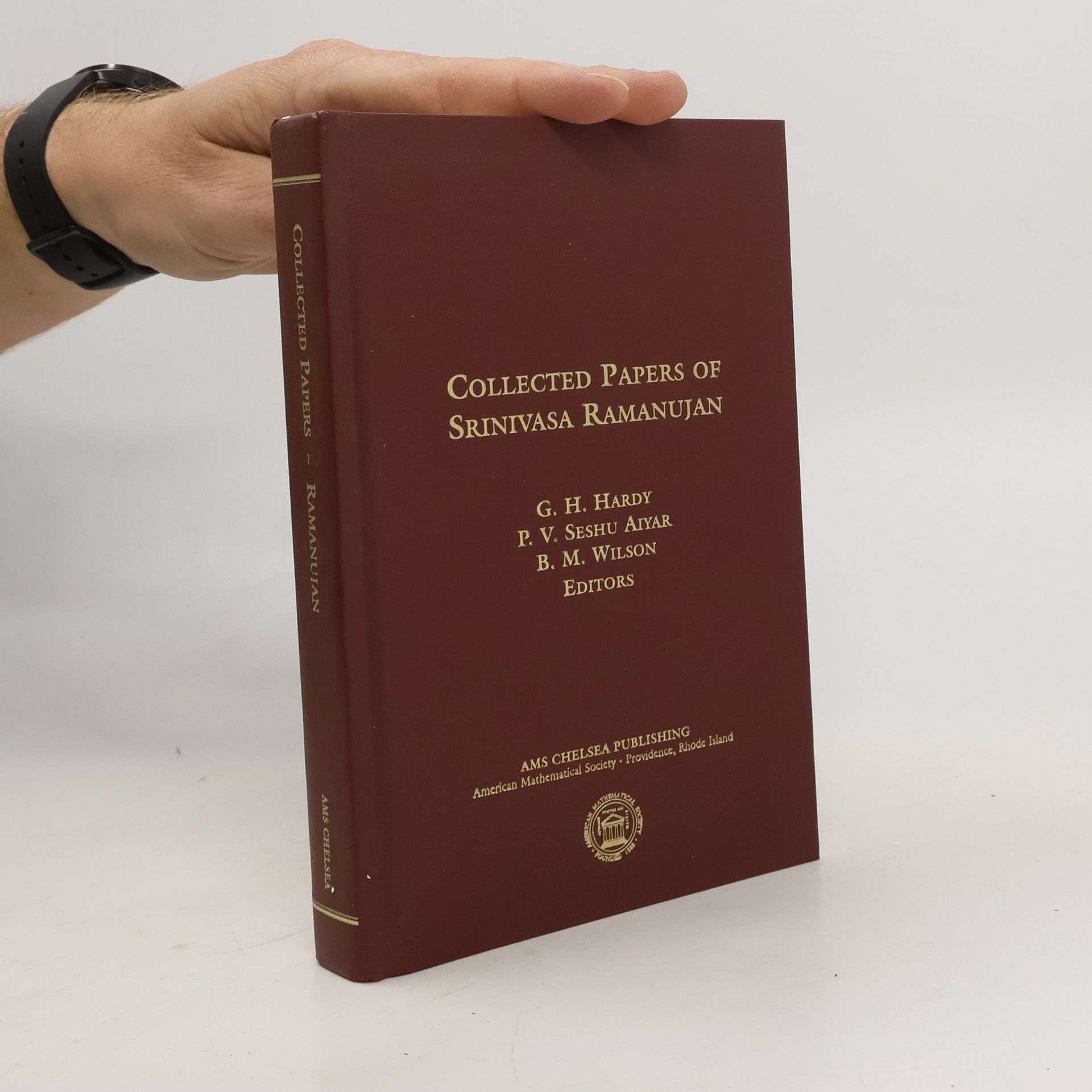The influence of Ramanujan on number theory is without parallel in mathematics. His papers, problems and letters have spawned a remarkable number of later results by many different mathematicians. Here, his 37 published papers, most of his first two and last letters to Hardy, the famous 58 problems submitted to the Journal of the Indian Mathematical Society, and the commentary of the original editors (Hardy, Seshu Aiyar and Wilson) are reprinted again, after having been unavailable for some time. In this, the third printing of Ramanujan's collected papers, Bruce Berndt provides an annotated guide to Ramanujan's work and to the mathematics it inspired over the last three-quarters of a century. The historical development of ideas is traced in the commentary and by citations to the copious references. The editor has done the mathematical world a tremendous service that few others would be qualified to do.
Srinivasa Ramanujan Aiyangar Boeken
Srinivasa Ramanujan was een Indiase autodidactische wiskundige wiens bijna volledige gebrek aan formele opleiding in zuivere wiskunde buitengewone bijdragen verborg aan wiskundige analyse, getaltheorie, oneindige reeksen en kettingbreuken. Geïsoleerd van de op Europa gerichte wiskundige gemeenschap van zijn tijd, herontdekte Ramanujan onafhankelijk bekende stellingen en produceerde origineel werk. Zijn natuurlijke genie, door G. H. Hardy beschouwd als op één lijn met Leonhard Euler en Carl Friedrich Gauss, leidde tot bijna 3.900 resultaten, waarvan de meeste sindsdien als correct zijn bewezen. Zijn onconventionele inzichten blijven een enorme hoeveelheid wiskundig onderzoek inspireren.



The fifth and final volume to establish the results claimed by the great Indian mathematician Srinivasa Ramanujan in his "Notebooks" first published in 1957. Although each of the five volumes contains many deep results, the average depth in this volume is possibly greater than in the first four. There are several results on continued fractions - a subject that Ramanujan loved very much. It is the authors wish that this and previous volumes will serve as springboards for further investigations by mathematicians intrigued by Ramanujans remarkable ideas.